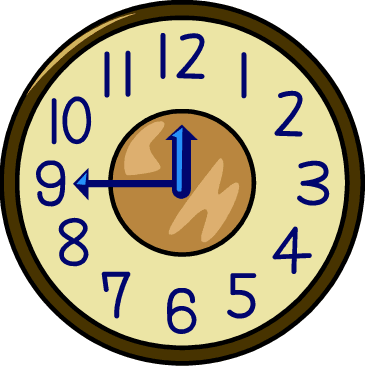ESL Weather Listening
This page has ESL weather listening exercises and tasks to give you some authentic examples of weather vocabulary being used in spoken material.

When you visit another country, most of the time you will need to be able to speak and listen. This page has four exercises to help you get better at listening to spoken weather vocabulary. The exercises are as follows:
- Identification of spoken word order
- Identification of the meaning of a word
- A listening comprehension
- Dictation passage
If you need any help with the vocabulary you can go to the ESL weather vocabulary page that has a recording of all the weather vocabulary items being spoken by a native English speaker.
ESL Weather Listening Exercises
Exercise 1 – Identification of Spoken Word Order
The first weather listening exercise on this page is one where you need to listen to the recording of five groups of words and decide which option (A-D) in the following questions has the words written in the same order as in the recording. Listen to the recording first, and then look at the questions while listening again and try to answer the questions.
ESL Weather Identification of Spoken Word Order
Listen to the recording of the five groups of five words each given above and decide which option (A-D) in the five questions in this test has the correct order.

Exercise 2 – Identify Meaning of Spoken Definition
The definitions of five words have been spoken and recorded so you can listen to them and decide which option (A-D) has the word that matches the definition given in the listening passage.
ESL Weather Listening Identification of Vocabulary Meaning
Listen to the recording of the meanings of the five vocabulary words given above and decide which word out of the options (A-D) in each question matches the meaning.
Exercise 3 – Listening Comprehension
This ESL weather listening activity is a listening comprehension. You need to listen to the recorded passage below and then answer the five questions that follow it.
The text of the passage has been included at the end of the page so you can check your understanding with the actual passage. Just click the link to show the text.
ESL Weather Listening Comprehension
Listen to the recording of the passage about weather above and answer the following five questions.
Exercise 4 – Dictation
Listen to the recording of the following dictation passage and write it down while listening. The passage is spoken twice. The first time at a slow speaking rate and then with long pauses after every few words as well as the punctuation being spoken. You can listen several times if you need to.
The text of the passage is included at the end of the page so you can check your answer. Just click the link to show the text.
Show Passage »
Dictation Passage
Show Passage »
Other Pages about Weather that You Might Like
ESL Weather Conversations
ESL Weather Reading
ESL Weather Vocabulary
ESL Weather Writing
ESL 4u home › Listening › Weather


|
|



New! Comments
Have your say about what you just read! Leave me a comment in the box below.